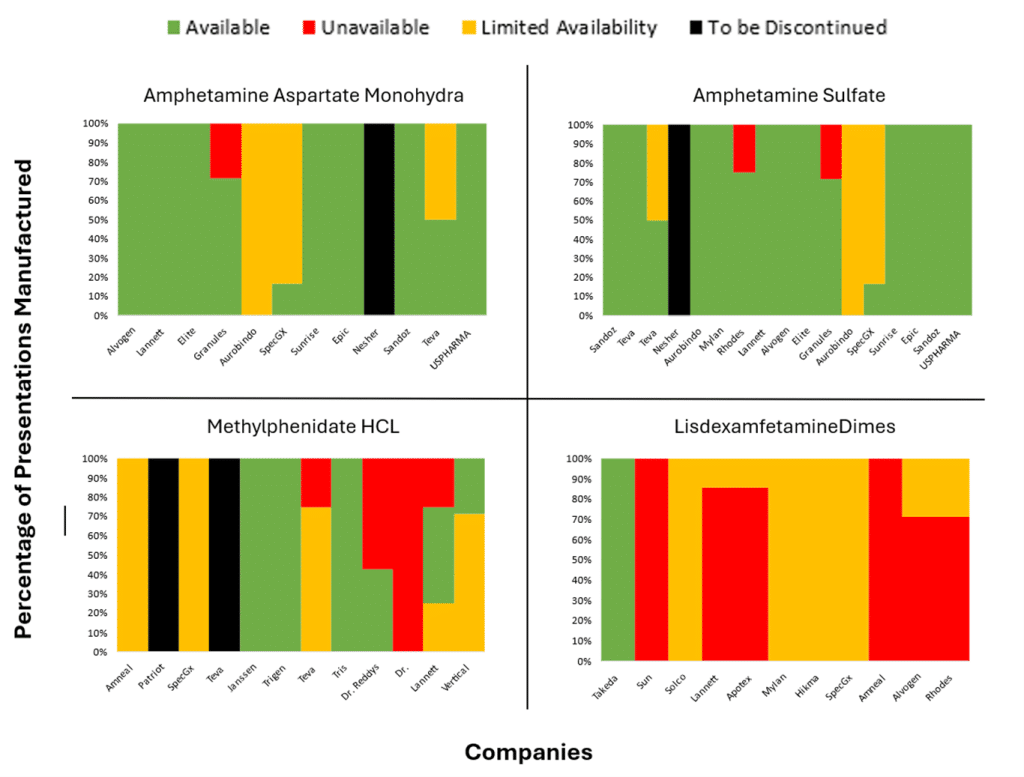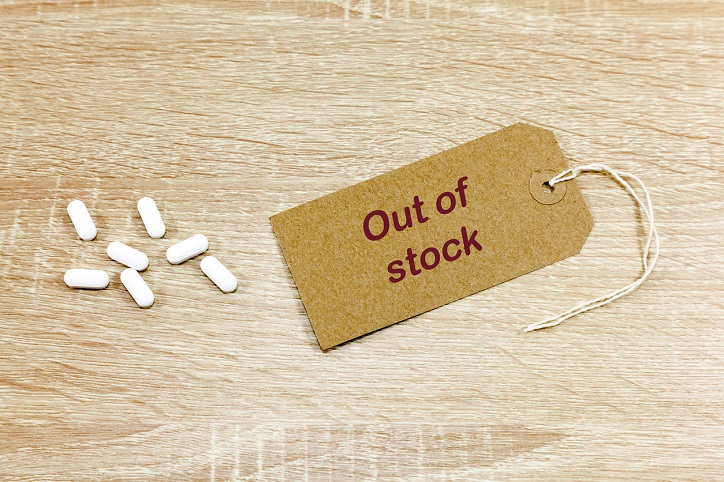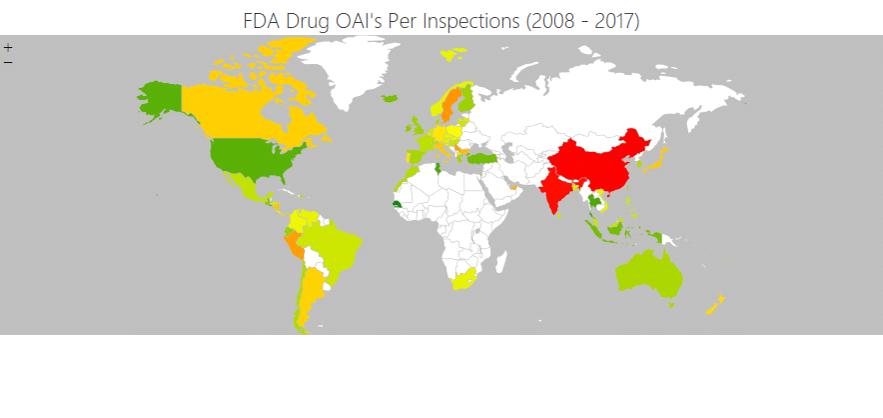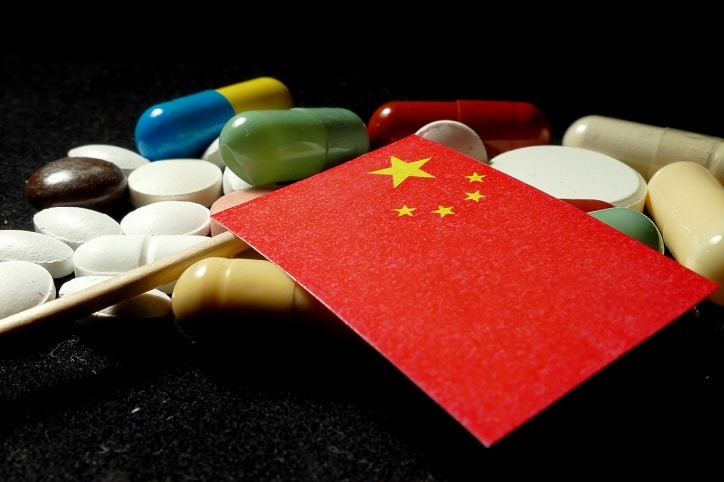Insurers and Climate Change: Weathering the Storms
First Helene, then Milton – and the Atlantic hurricane season still has a month to run. Early estimates of insured losses from Milton were that it could cost up to $100 billion. That would put the storm on a par with Hurricane Katrina in 2005 – still the largest insured loss hurricane event.
It's now clear the damage was less than feared, with a direct hit on Tampa in Florida avoided, and Morningstar DBRS cutting its forecasts. Nevertheless, the hurricane was still the second-most intense Atlantic hurricane ever recorded over the Gulf of Mexico, and the credit ratings agency put losses at between $30-60 billion. At least 35 people died.
Even with the lower losses, the storm will also sorely test the state’s property insurance market, following hard on Hurricane Helene, which was less costly but still estimated to have resulted in losses of up to $14 billion.
In 2002, the state established the Citizens Property Insurance Corporation as a last-resort insurer for those unable to secure coverage elsewhere. Today, it has 1.2 million homeowners on its books. As the Financial Times put it, “Florida has attempted to get its property insurance house in order. It looks like it may topple over anyway.”
The broader danger is that this becomes a problem beyond Florida. A report by risk modelling firm Verisk last month warned that the insurance industry should expect losses from catastrophes in the coming years to average $151 billion – with more in particularly bad years. Recent difficulties for the industry, which has seen natural catastrophe losses top $100 billion for four consecutive years, would prove not to be outliers, the company predicted.
Increased populations in at-risk areas, inflation in rebuilding costs and, crucially, climate change were all reasons pushing losses up.
As the FT piece said, “The world is awash in capital looking for returns. But it may be that a warming planet cannot be underwritten at any acceptable cost.”
Is climate change a systemic risk for insurers?
As we’ve detailed before, a big part of the problem is that it’s not just hurricanes or even earthquakes (the other, traditional big loss events) that insurers have to worry about. The so-called “secondary perils” are increasingly a primary concern, with more frequent and severe flooding, wildfires and other historically lower-loss events rapidly adding up.
Already, that’s meant even in years with no major hurricanes, like 2023, losses have still topped $100 billion. It’s unlikely to change in the future. In Verisk’s model, while hurricanes and earthquakes were still predicted to account for the biggest single losses, about half its estimated average, excluding crop losses, was down to secondary perils.
Such changes mean it’s not just hurricanes and it’s not just Florida, where some are beginning to question the insurance industry’s future. The Citizens Property Insurance Corporation in the Sunshine State might have seen a surge in the numbers using it as an insurer of last resort, but so has the Flood Re reinsurance scheme in rainy Britain.
The number of home insurance policies it underwrites is now 260,000, up from 150,000 in 2018. And, as this piece from the Ecologist earlier this year notes, it’s not just home insurance that has seen costs spiralling. Car insurance prices have also soared. In April, the rising cost of insurance was the single biggest contributor to rising inflation figures in the US.
The Ecologist spelt it out plainly: “What’s critical about climate change, from the financial system’s point of view, is that it makes it more and more likely that many disasters will arrive all at the same time – you get more and often bigger extreme weather events so at any point in time you, as the insurer, are likely to face more claims. It’s a guarantee of rising systemic risk in the financial system, with insurance companies the worst affected.”
Head in the sand – more time for modelling
Of course, Verisk’s revised estimate is a sign that the industry and its suppliers are not ignoring the problem. Reinsurer Swiss Re earlier this year noted that the sector consistently failed to estimate the impact of extreme weather with any accuracy.
“Whether it’s the Turkey quake . . . or the floods in Germany or the hailstorms in Italy, models were off by factors as opposed to 10 or 20 per cent,” its chief underwriting officer for property and casualty reinsurance told an event.
But Swiss Re was investing in feeding more data into its catastrophe models in an attempt to address this, he noted. Verisk’s upward revision of expected annual losses, too, suggests an industry keen to come to grips with the challenge.
There is no quick fix, however. As Verisk noted, “detecting [the] signal” of climate change in rising losses – and separating it from the other causes, such as inflation and increased populations – remains a challenge.
And re/insurers have arguably left it late. While the industry has modelled climate risks for years, some argue it has put off the difficult work of figuring out the potential impact of climate change on affordability.
“The insurance industry had its head in the sand around climate change,” one chief executive told the FT earlier this year. “It’s a gigantic pain, and it tried to avoid it.” In this analysis, it could be years before it gets to grips with it, if it can.
That’s supported by data from a study by ORIC International, the leading operational risk consortium for insurance, investment and pension sectors globally. ORIC’s member firm network comprises over 40 leading (re)insurers and investment firms. Collectively, they write £300 billion+ GWP, look after £5 billion+ of assets and operate in over 65 countries.
Its survey of firms exploring potential scenarios that would affect the industry found the largest impact of any scenario was from modelling error. Across survey participants, the median impact assessment for such a scenario was £125.5 million. For bigger firms, it would be many times this.
SCAIR®: supply chains and climate
As stated, there are no quick fixes, but technology like SCAIR® aims at least to be part of the solution rather than part of the problem.
While the big reinsurers work on their modelling to protect themselves, it helps bring the latest developments to a wider audience across the industry, both insurers and brokers. It uses Location Risk Intelligence, developed by reinsurer Munich Re for natural catastrophe risks. It has two crucial advantages that can help both insurers and their insureds.
First, providing location-specific mapping of weather risks and supply chain modelling helps increase the visibility of insurers’ exposures beyond property damage to business interruption covers. Insurers can see in detail – and in aggregate – which of their insureds may be affected, helping avoid or mitigate concentrations of exposures.
Moreover, when an event does hit, they can know which are likely to be affected so they can reach out with advice more quickly – potentially limiting losses.
Second, the tool integrates climate risk modelling predictions, including forecasts of how climate change will impact each location, from the experts at Munich Re – the world’s largest reinsurer. This helps insurers of any size begin to address the challenge involved in assessing the impact.
In a changing climate, there are no silver bullets, but if insurers are to meet the challenge of changing weather events, they need to use the resources available. SCAIR® could be one tool that helps tip the balance back in their favour.






